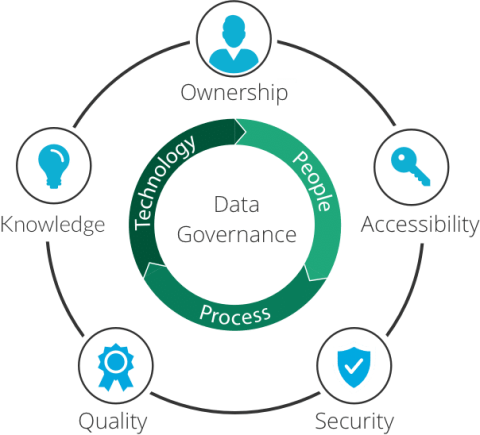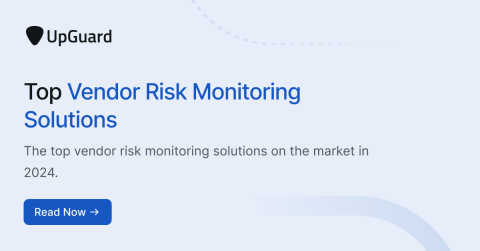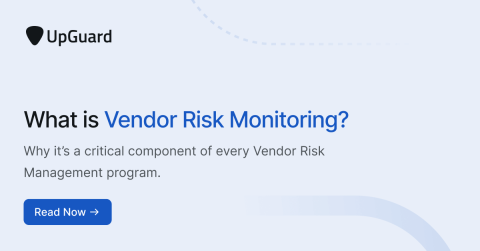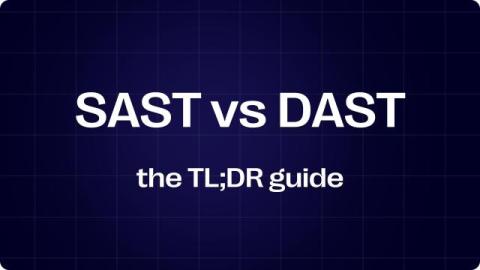Navigating Change: Three Levels to Filter Out the Noise in Tech Environments
Change is relentless. Technology evolves at breakneck speed, and security practitioners face a constant barrage of updates, system tweaks, and new tools. This relentless stream of modifications can create a clutter of information, making it challenging to pinpoint what is truly important. Effectively filtering through this noise through effective change management is critical for maintaining operational efficiency and security.










